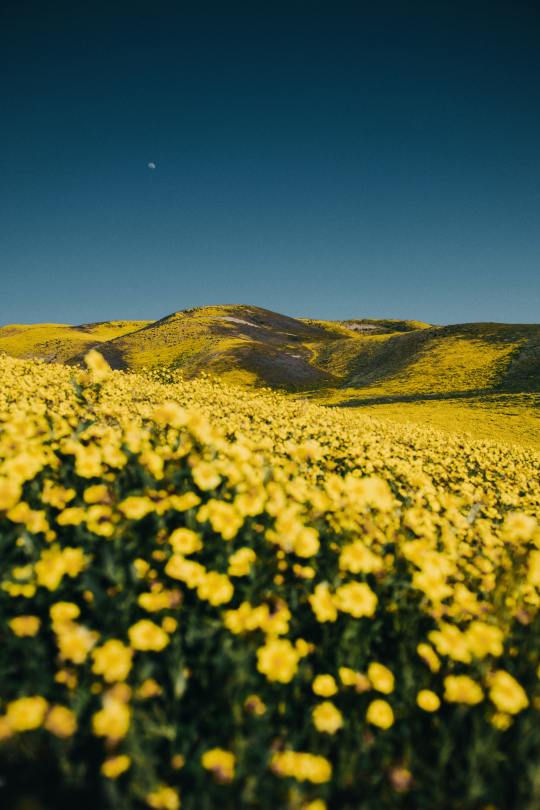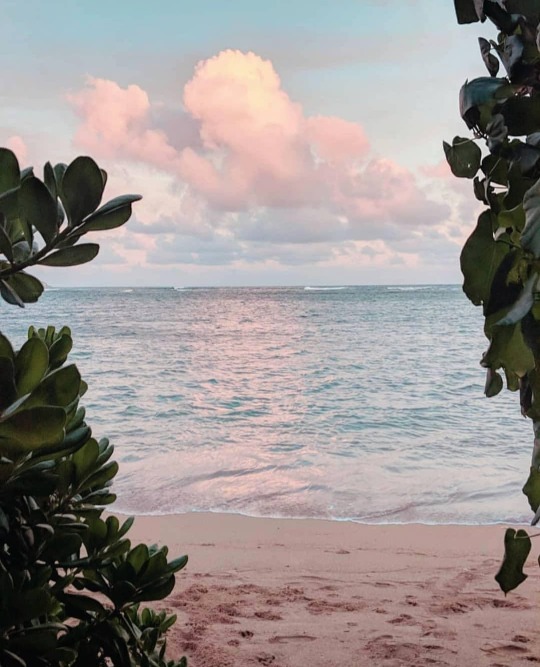Don't wanna be here? Send us removal request.
Photo
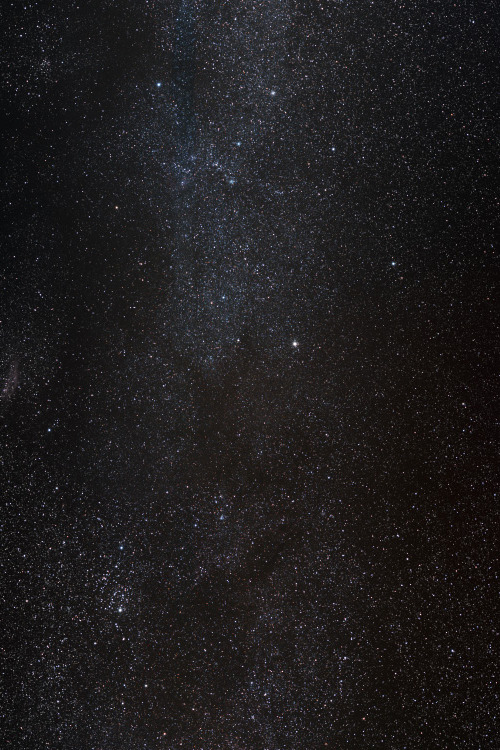
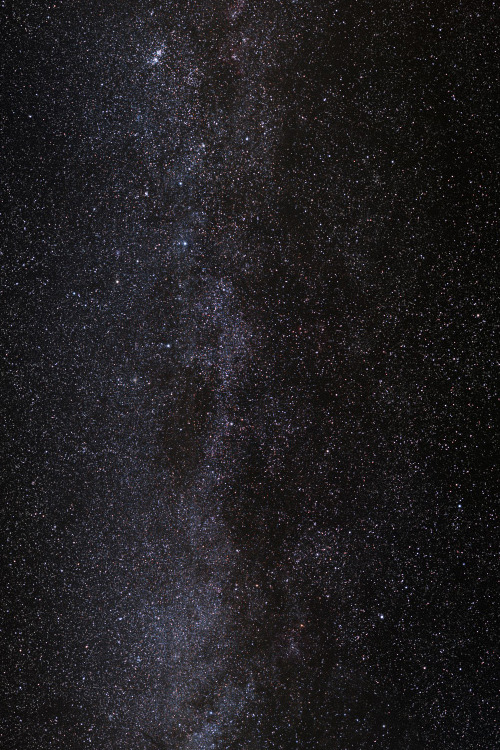
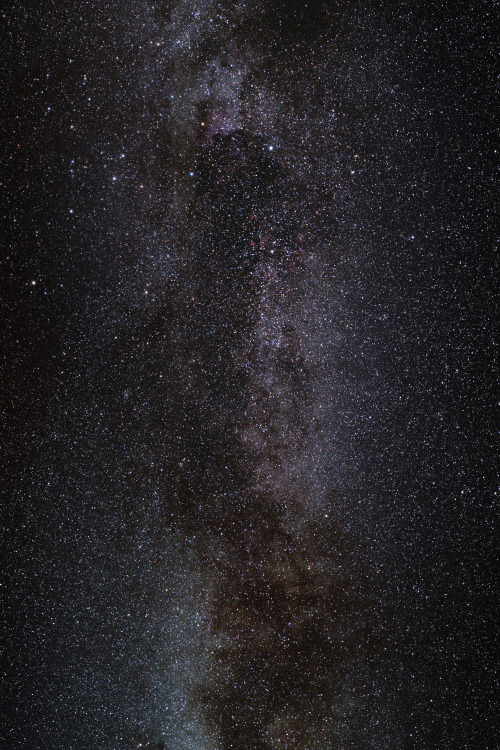
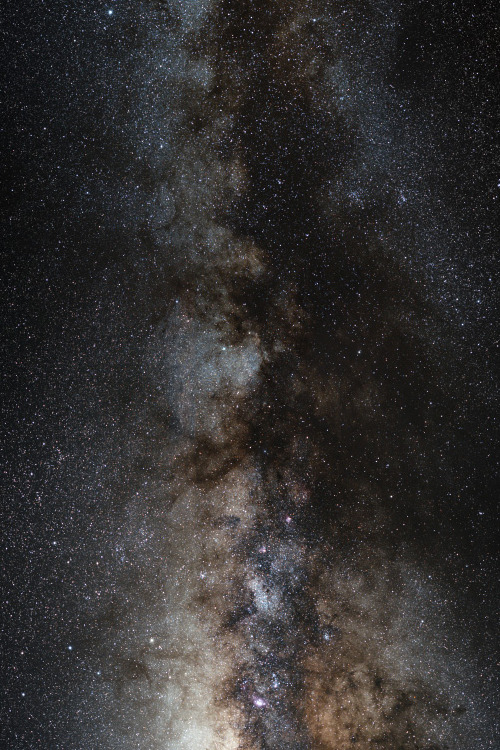

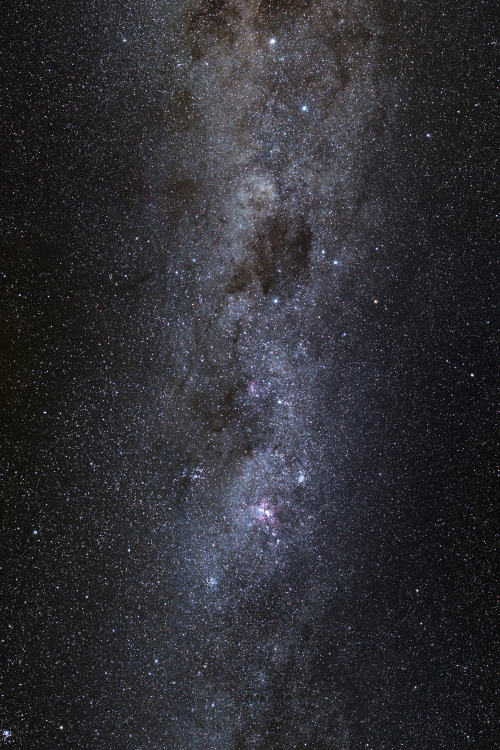


The Milky Way is the galaxy that contains our Solar System - Originally posted by https://janluna.tumblr.com
113K notes
·
View notes
Photo

Freeway Interchange, Los Angeles, Photo by Ansel Adams, 1967
1K notes
·
View notes
Photo

Crescent Moon and Venus, Calhoun, Georgia.
Credit: James L Brown Jr
22K notes
·
View notes
Photo

| Growing | Canon 70D | May 2018 • — 135mm - 1/125” - f/10 - ISO100 • — The world is a cruel place. Learn to live in it or change it. Swipe left for original image. • — #landscape #landscapephotography #flowerphotography #landscape_captures #nature #naturephotography #naturelovers #brooklyn #botanical #nyc #botanicalgardens #flower #blossom #spring #springtime #exotic #newyork #hairs #flowers #white #minimal #minimalism #beautiful #petals #cranfordrosegarden #janluna #🌙 (at Brooklyn Botanic Garden) https://www.instagram.com/p/CAd9YORB7CG/?igshid=1k9pvz4s1sdg4
#landscape#landscapephotography#flowerphotography#landscape_captures#nature#naturephotography#naturelovers#brooklyn#botanical#nyc#botanicalgardens#flower#blossom#spring#springtime#exotic#newyork#hairs#flowers#white#minimal#minimalism#beautiful#petals#cranfordrosegarden#janluna#🌙
1 note
·
View note
Photo

#Sentinel2 NIR during winter 2018 near Dublar Char, Bangladesh, @map_view, 2020
146 notes
·
View notes
Photo

| Mami | Canon 70D | July 2018 • — 35mm - 1/200” - f/13 - ISO200 • — Big shout out to all the mamis out there giving their all for a better future. Thank you for everything you do. We love you 😘. Swipe left for original image. • — #landscape #landscapephotography #flowerphotography #landscape_captures #nature #naturephotography #naturelovers #sanfrancisco #rosegarden #sanfran #goldengatepark #flower #blossom #goldengate #springtime #rose #california #yellow #flowers #orange #garden #mothersday #beautiful #rosebush #rosesarered #janluna #🌙 (at Golden Gate Park) https://www.instagram.com/p/CABAgevBh3W/?igshid=1p6elqg6iiuus
#landscape#landscapephotography#flowerphotography#landscape_captures#nature#naturephotography#naturelovers#sanfrancisco#rosegarden#sanfran#goldengatepark#flower#blossom#goldengate#springtime#rose#california#yellow#flowers#orange#garden#mothersday#beautiful#rosebush#rosesarered#janluna#🌙
0 notes
Photo

”Some of the farmworkers who make it possible for U.S. consumers to have berries for breakfast are paid about $6 a day. Those farmworkers include children toiling for 12 hours a day at 85 percent the amount of money that adults get paid. Many farmworkers do not get lunch and rest breaks and are subjected to terrible housing conditions.
Hoping to rectify these issues, farmworkers in the United States and in Mexico have been on a three-year-long fight to get Driscolls — the world’s largest berry distributor — to recognize their unions so that they could have better working and living conditions.
Ramon Torres, a 31-year-old Mexican immigrant, is one of the people leading the fight to unionize. As the president of the independent farmworker union Families United for Justice (FUJ), he has been picking berries since he was 18 years old. His most recent employer was the Washington state-based Sakuma Bros. Farms, which supplies its products through the Driscoll’s label. Through the years, Torres has seen and experienced many hardships, like wage theft, lack of rest breaks, and cramped housing conditions. By law, his employer has to provide housing for migrant farmworkers like Torres. But the cabins often hold three times as many people as they should.
About 1,500 miles away at another Driscolls-operated farm in San Quintin, Mexico that’s packaged through the BerryMex label, Gloria Gracida Martinez, a former farmworker and the spokesperson for their farmworker-led union La Alianza, has seen similar instances of poor working conditions crop up.
Driscoll’s partnership with BerryMex and MoraMex yielded 25 million flats of strawberries to the U.S. in 2014, The Nation reported. But for all that the companies have monetized in Mexico’s $550 million annual berry harvest revenue, Mexican farmworkers aren’t seeing a comparable increase in their working and living conditions.
Instead, Gracida Martinez recounted the stories of farmworkers who have had to deal with wage theft, children as young as 12 being put to work, and people who were shot and beaten for trying to form a union.” http://thinkprogress.org/immigration/2016/04/01/3764433/driscolls-boycott/ #BoycottDriscolls
20K notes
·
View notes
Video
127K notes
·
View notes
Photo

Waxing Moon
by Jeremiah Probodanu (IG: @thecraziethewizard)
189 notes
·
View notes
Photo









Ceres is the largest object in the asteroid belt that lies between the orbits of Mars and Jupiter, slightly closer to Mars’ orbit. Its diameter is approximately 945 kilometers (587 miles), making it the largest of the minor planets within the orbit of Neptune. The 33rd-largest known body in the Solar System, it is the only dwarf planet within the orbit of Neptune. Composed of rock and ice, Ceres is estimated to compose approximately one third of the mass of the entire asteroid belt. Ceres is the only object in the asteroid belt known to be rounded by its own gravity (though detailed analysis was required to exclude 4 Vesta). From Earth, the apparent magnitude of Ceres ranges from 6.7 to 9.3, peaking once every 15 to 16 months, hence even at its brightest it is too dim to be seen with the naked eye except under extremely dark skies.
Dawn revealed that Ceres has a heavily cratered surface; nevertheless, Ceres does not have as many large craters as expected, likely due to past geological processes. An unexpectedly large number of Cererian craters have central pits, perhaps due to cryovolcanic processes, and many have central peaks. Ceres has one prominent mountain, Ahuna Mons; this peak appears to be a cryovolcano and has few craters, suggesting a maximum age of no more than a few hundred million years. A later computer simulation has suggested that there were originally other cryovolcanoes on Ceres that are now unrecognisable due to viscous relaxation. Several bright spots have been observed by Dawn, the brightest spot (“Spot 5”) located in the middle of an 80-kilometer (50 mi) crater called Occator. From images taken of Ceres on 4 May 2015, the secondary bright spot was revealed to actually be a group of scattered bright areas, possibly as many as ten. These bright features have an albedo of approximately 40% that are caused by a substance on the surface, possibly ice or salts, (with the realization of new studies are now likely deposits of salt composed mainly of hydrated magnesium sulphate). reflecting sunlight.
source
Image credit: NASA/JPL-Caltech/UCLA/MPS/DLR/IDA - Processing Elisabetta Bonora & Marco Faccin / aliveuniverse.today / Daniel Machacek (false color images)
3K notes
·
View notes
Photo


End of the world skies ღ
Puerto Natales, Magallanes & La Antartica Chilena.
8K notes
·
View notes









